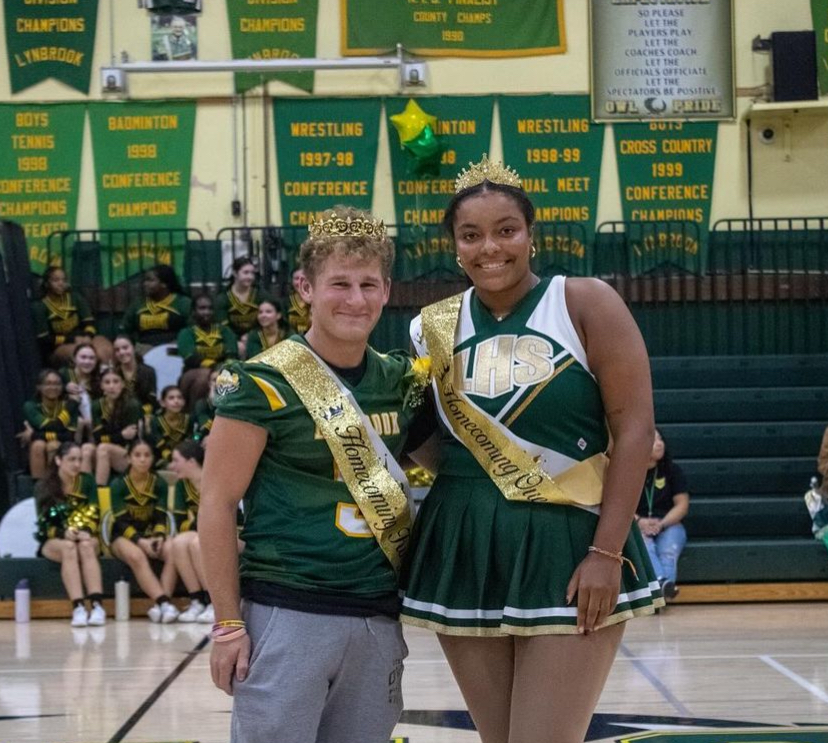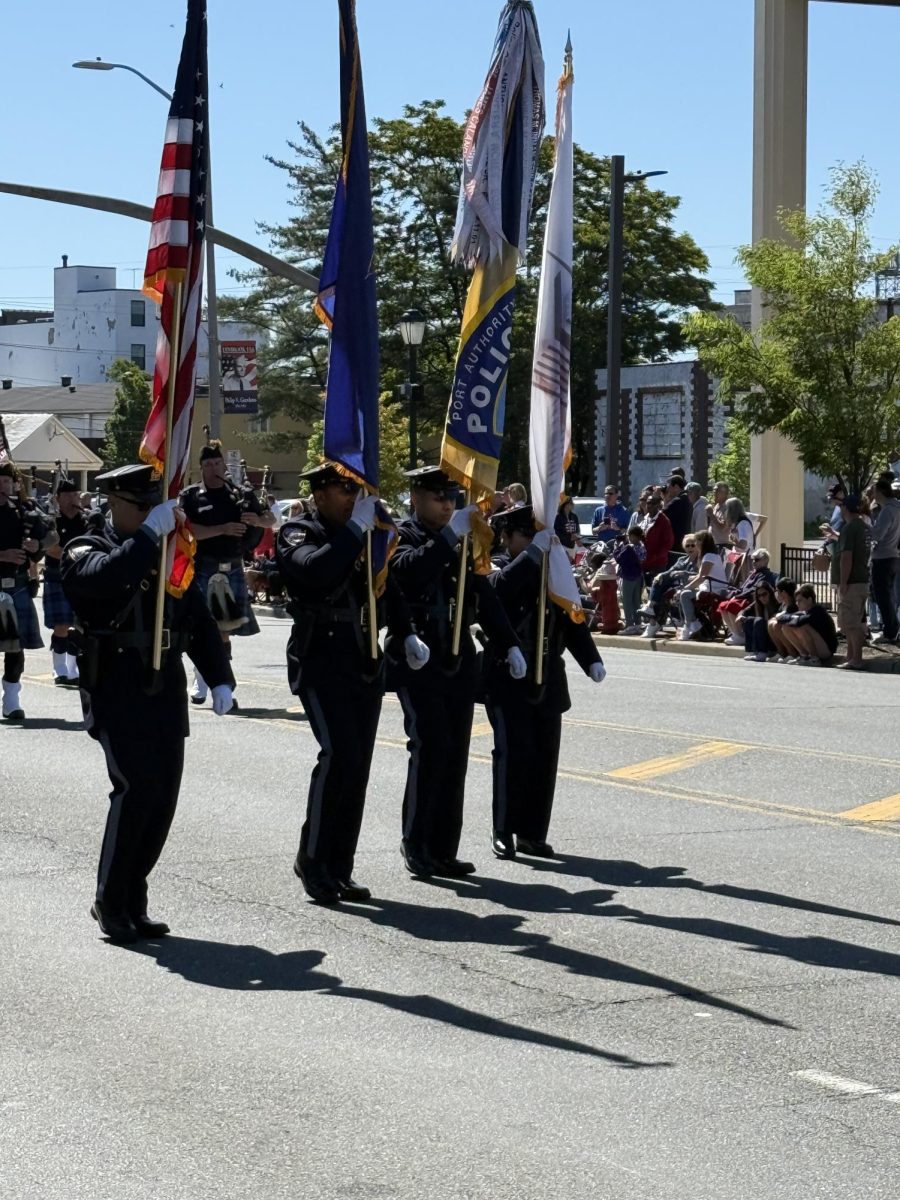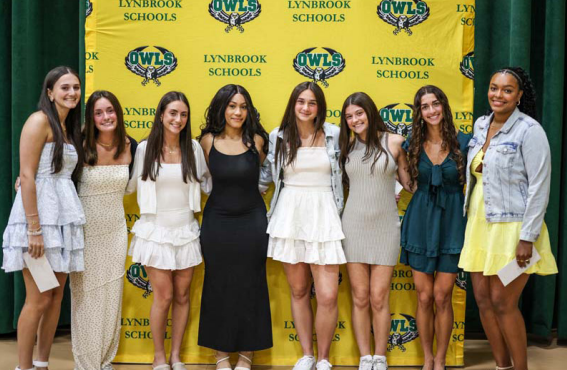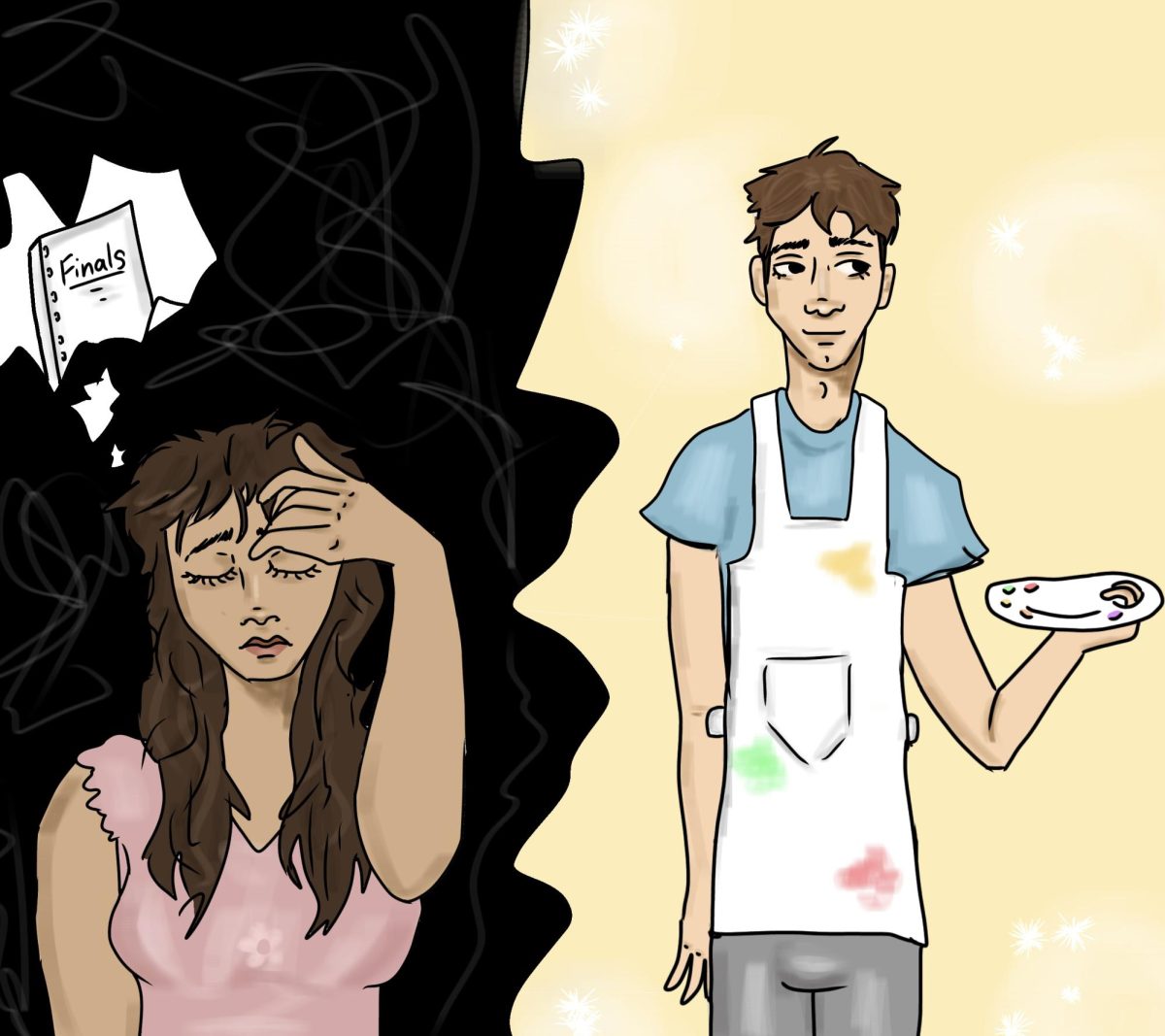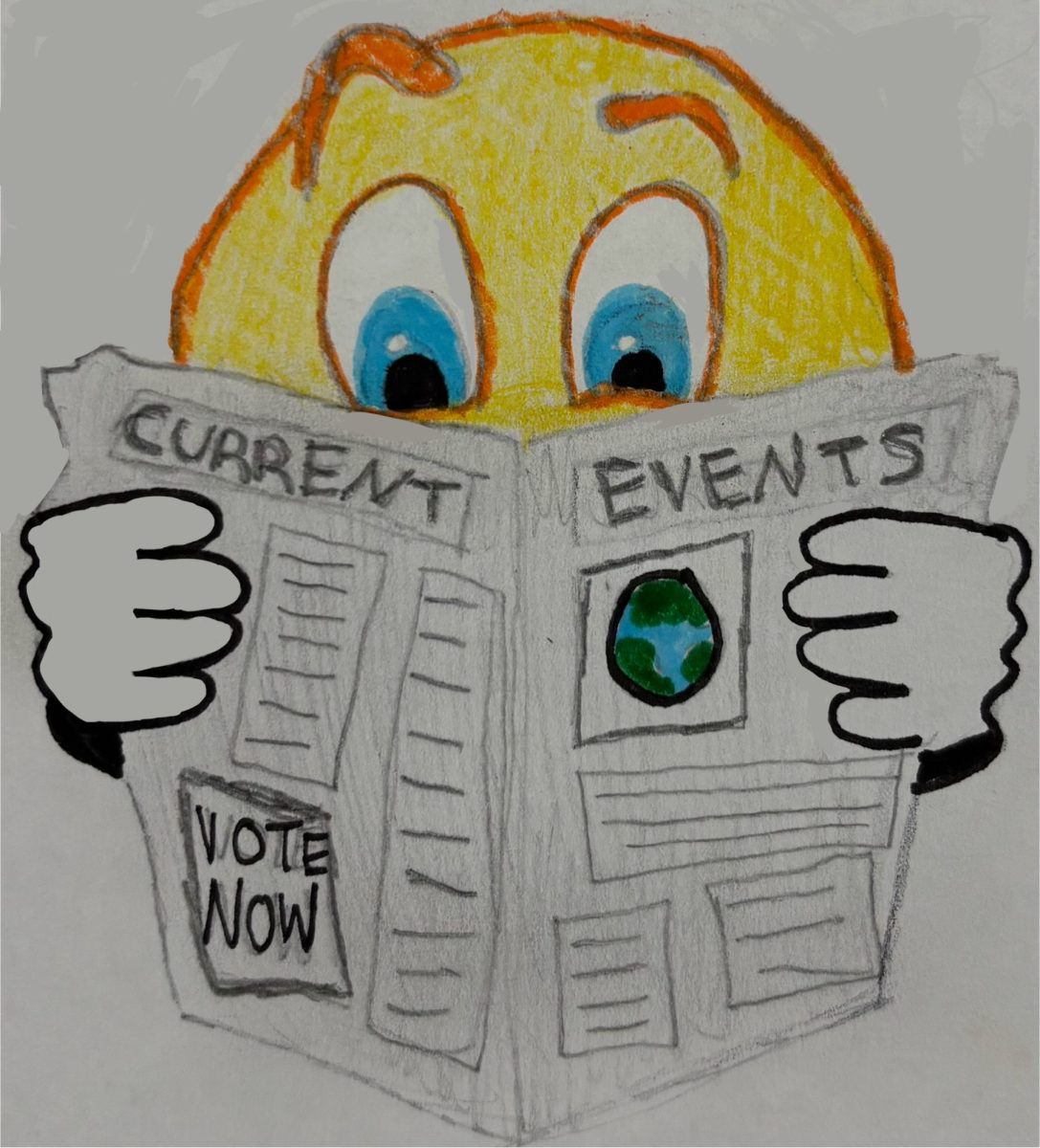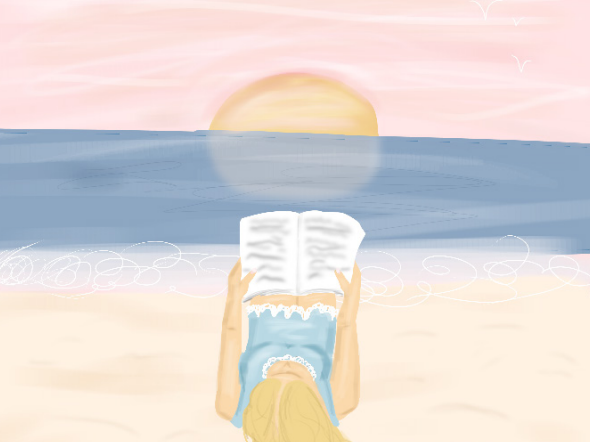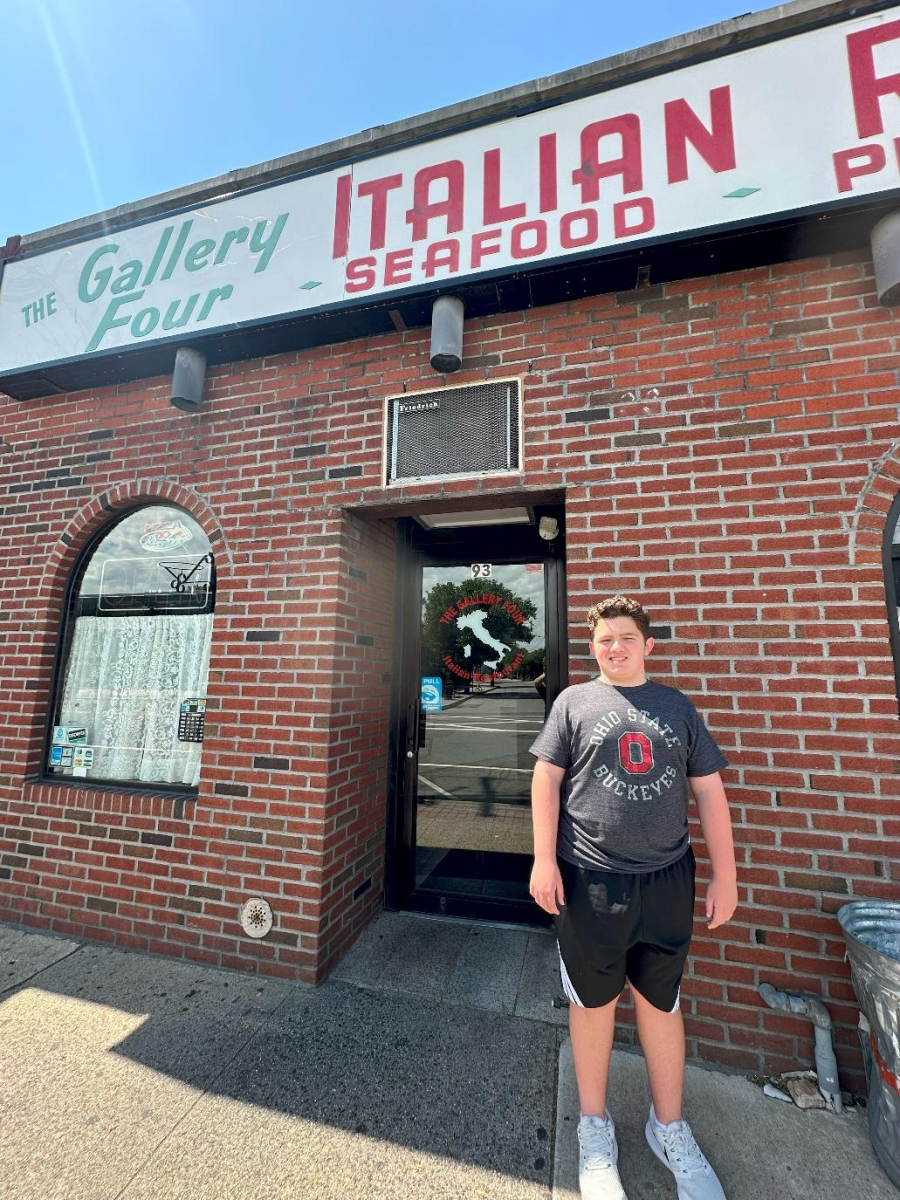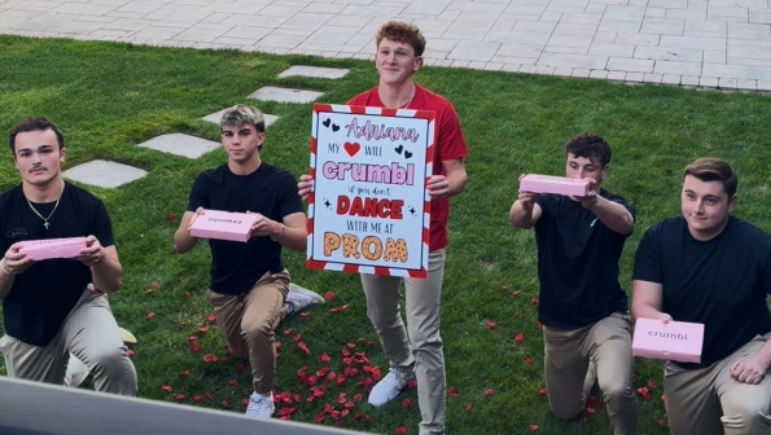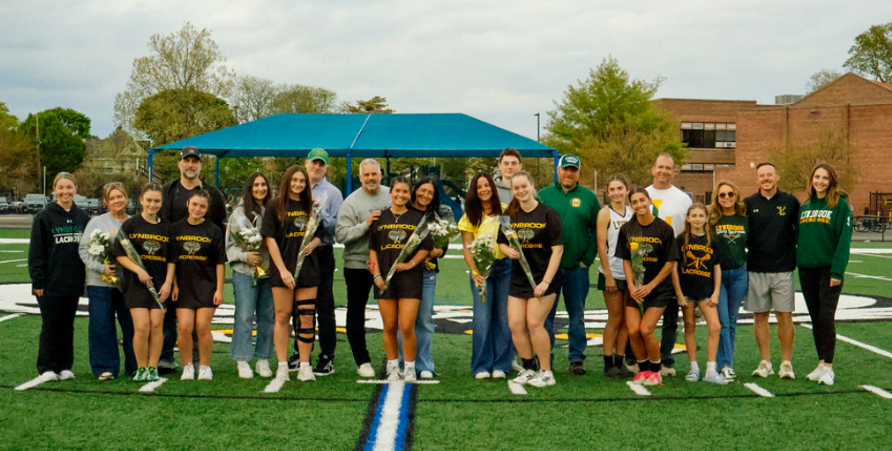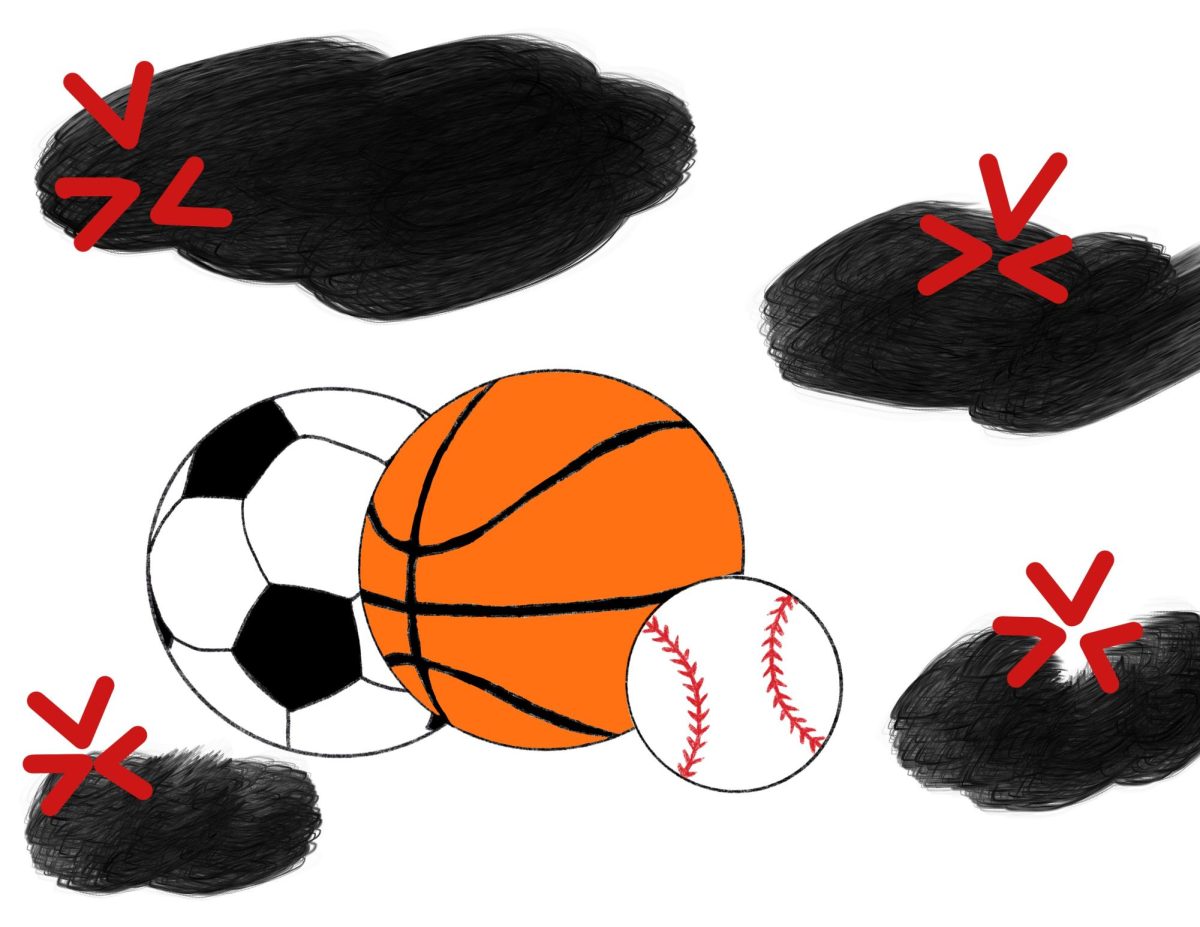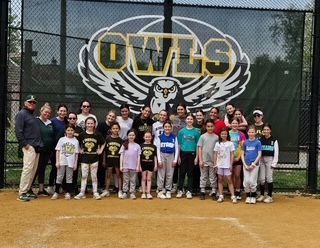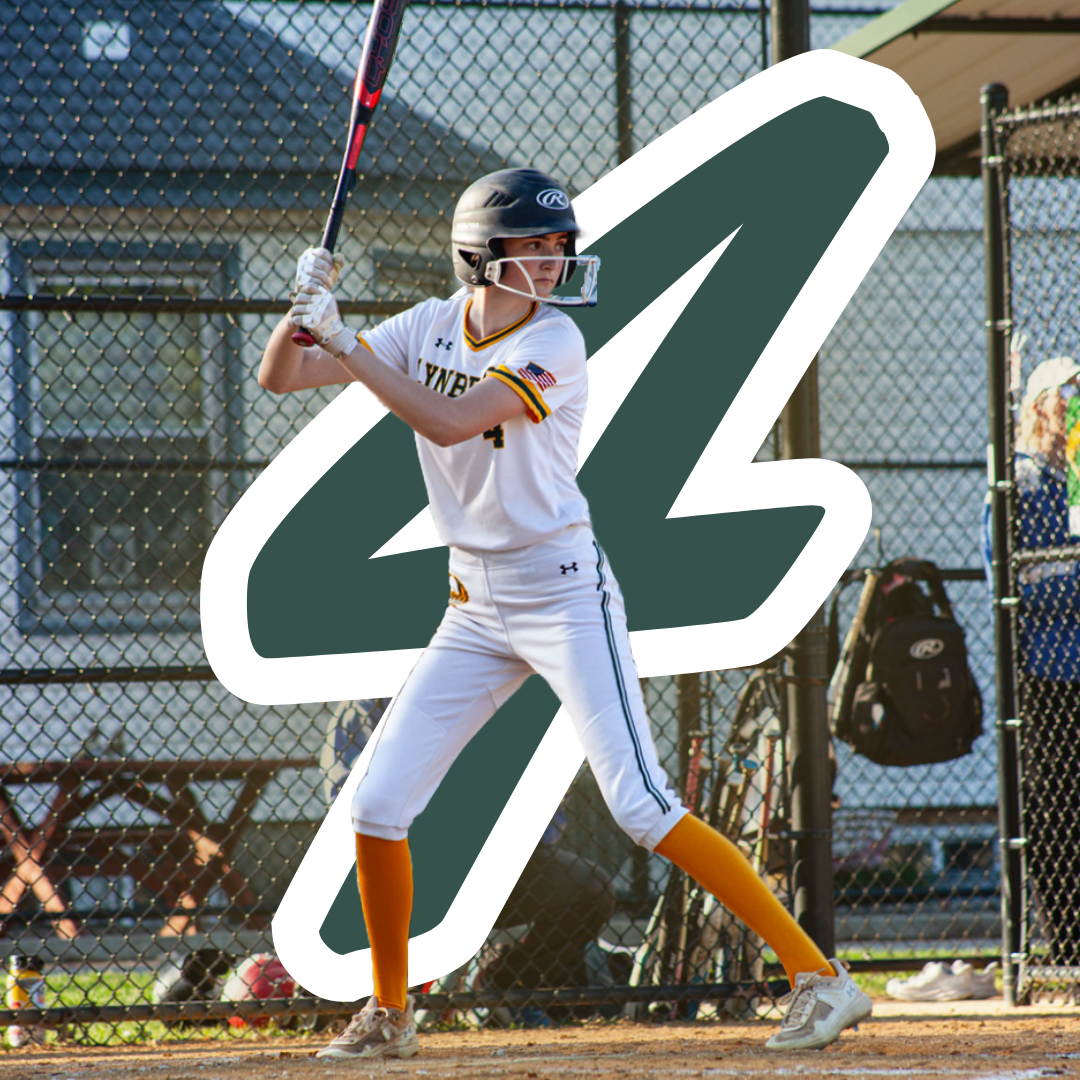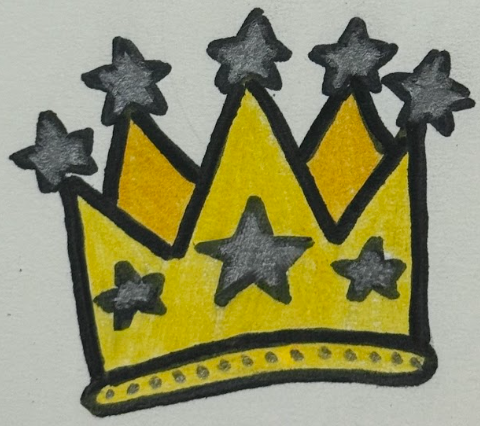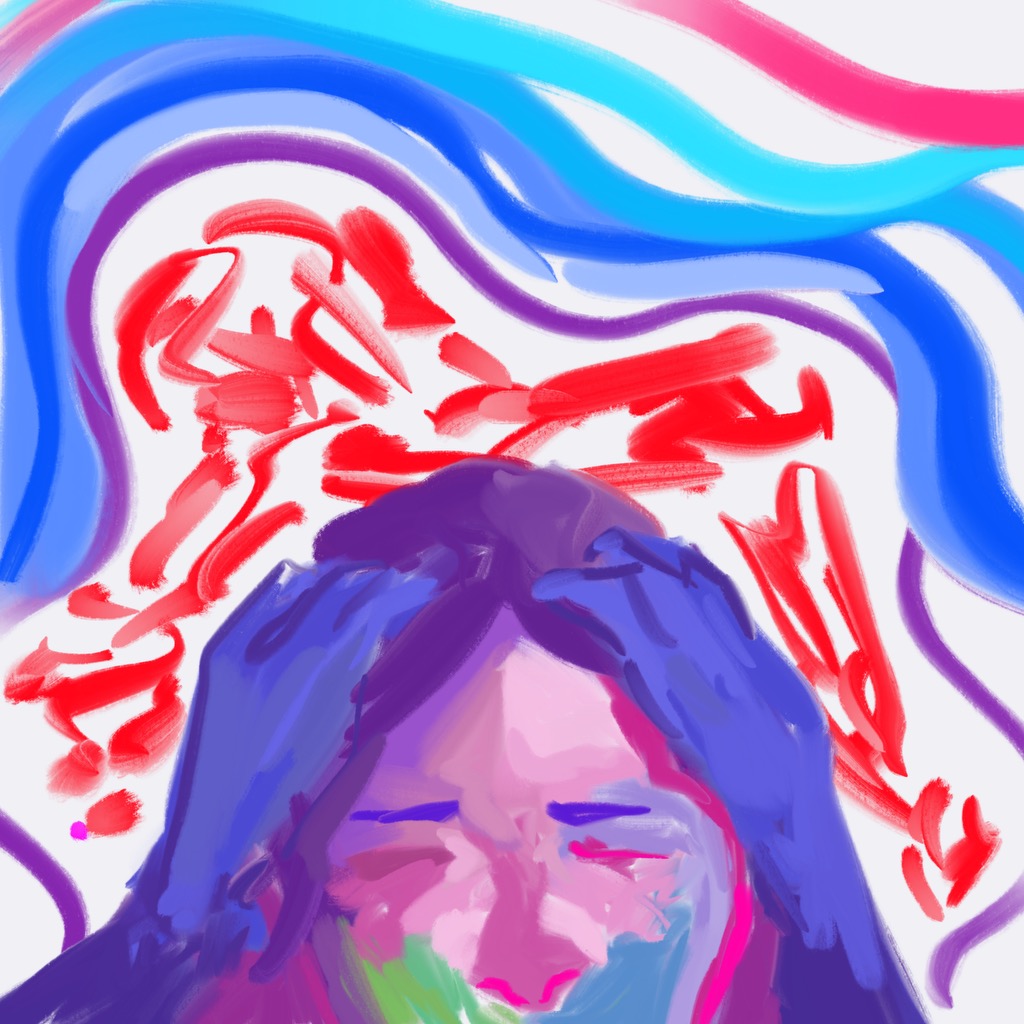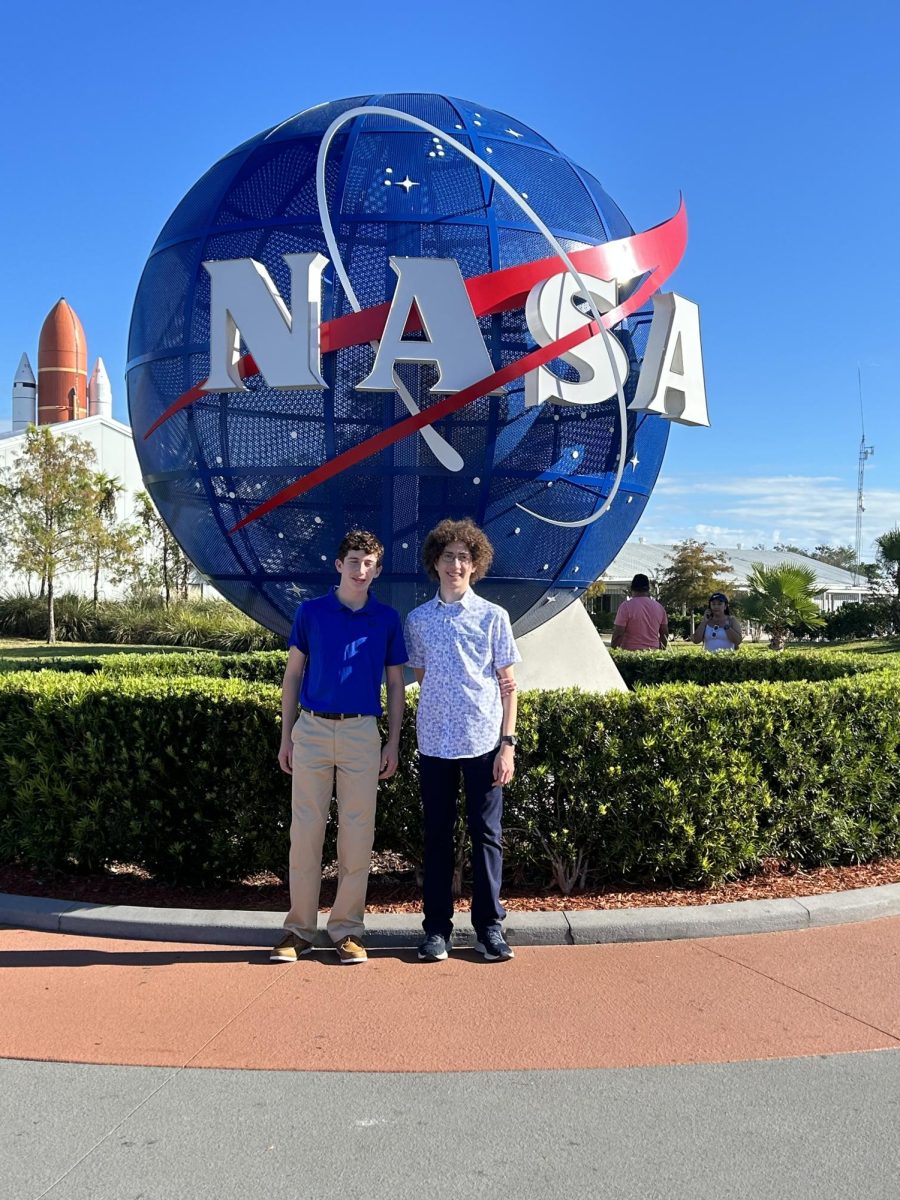Last school year, 200 students in grades six through nine competed for the opportunity to launch an experiment to the International Space Station (ISS). The National Aeronautics and Space Administration (NASA) sponsored the project, deemed “Project Liftoff,” in an effort to expand interest and fascination in space and science. From the 200 participants, consisting of teams and individuals, 14 semifinalists were chosen. The semifinalists presented their projects to scientists at a symposium. At the end of the symposium, three projects were chosen as finalists. The finalists’ projects were then sent to NASA to be reviewed. During the review process, small changes were made to each project to ensure they would operate in space. Sophomores Aidan Michaels and Jack Murray were chosen as the winning team with their project titled, “How does microgravity and space conditions affect the growth of the wine cape mushroom mycelium?” The project’s goal is to create a fresh and sustainable food source for the astronauts aboard the ISS.
Murray and Michaels began working after school to finalize their project once they were announced as the winning team. They then packaged their project in tubes to be used for the experiment in space. The packaging process was supervised by an employee from NanoRacks, a company working to provide commercial access to space for research. The project was then mailed to Texas and then Florida to be packaged for launch.
The original launch date for the team’s project was the end of June; however, NASA was running behind schedule, so the launch was switched to the fall. The launch date was announced to be Wednesday, Nov. 1, shortly after the start of the school year. Murray and Michaels were prepared to spend Halloween in Florida when the launch was moved again. After changing two more times, the launch was eventually set to be on Thursday, Nov. 9.
While in Florida, Murray and Michaels presented their project at NASA in front of an audience. They also had the opportunity to visit the Kennedy Space Center. On Thursday, Nov. 9, Murray, Michaels, science teachers Charles Vessalico and Stoycho Velkovsky, and former superintendent Dr. Melissa Burak watched the launch from a bridge a few miles away from the launch site. Murray described the launch as an “unreal and once-in-a-lifetime experience.” Michaels agreed, adding, “It feels very exciting, and it feels like we’re actually going to impact the real world.”
Vessalico commented, “There have been so many exciting things to come out of this project, from the semifinalist symposium to watching the winners prepare their microgravity experiment, to the ultimate launch of that experiment, but I hope the most exciting thing has yet to come. I will be most excited, many years from now, when Lynbrook students who participated in the project become space engineers, scientists, and astronauts.”

